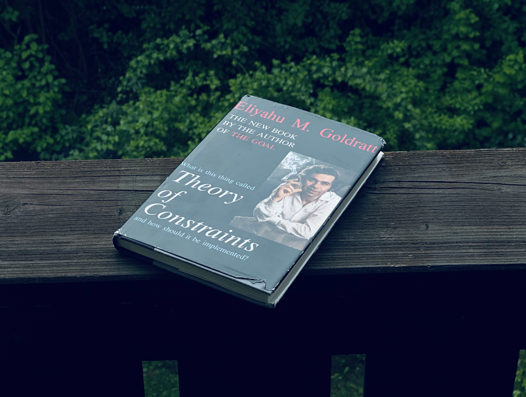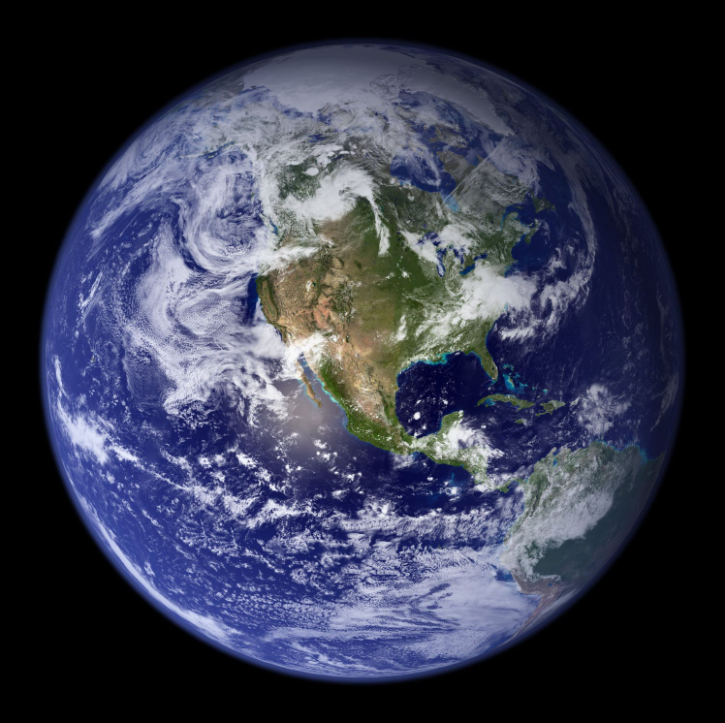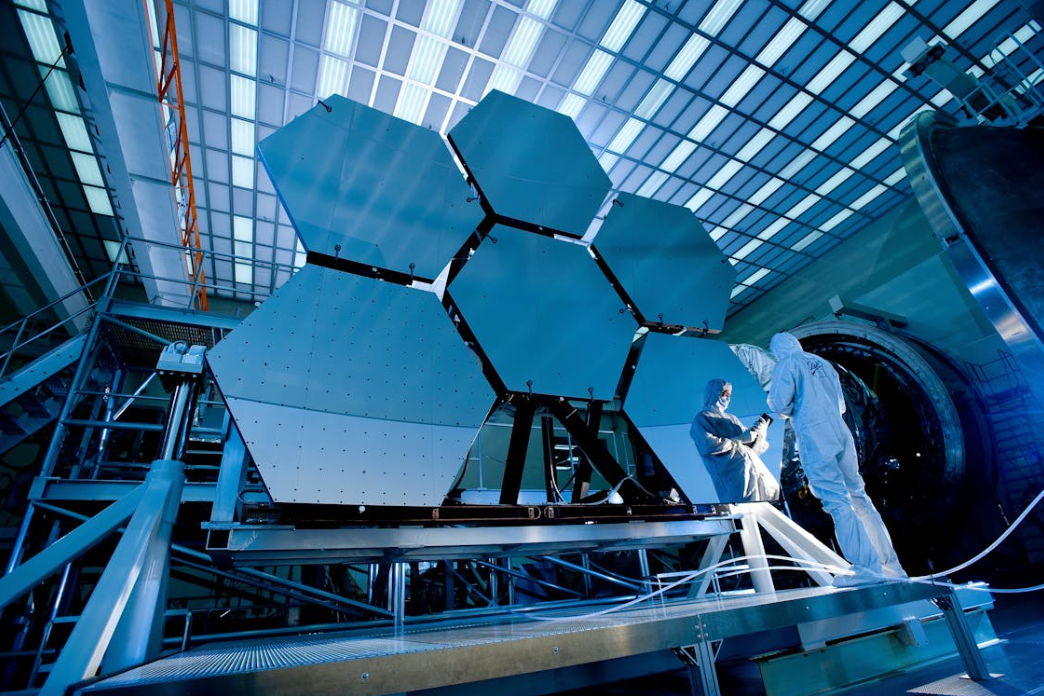Continuous Change: The Strategic Advantage in a Rapidly Evolving World
In a world defined by velocity, complexity, and interconnectivity, the only constant is change. Businesses that once thrived on stability and long-term planning are now required to operate with agility, foresight, and resilience. The days of static strategies and fixed organizational models are over. Today, continuous change is not just a competitive advantage—it is a matter of survival.
Nothing Is Permanent: Embracing the Nature of Change
Just as nothing in nature is fixed, human lives and business dynamics are in perpetual flux. Seasons change, rivers shift, ecosystems evolve—this is the natural rhythm of life. Similarly, markets fluctuate, customer expectations evolve, technologies disrupt, and geopolitical contexts reshape the business environment with increasing frequency.
To resist this flow is to risk stagnation. The most successful organizations today are those that have internalized the principle that transformation is not a one-time project or a response to crisis. Instead, it is a continuous journey, woven into the very fabric of their operations and culture.
The Paradox of Tension and Relaxation
Continuous change is not about chaos or relentless pressure. It’s about learning to live in a paradox: combining the relaxation of confidence with the tension of anticipation. Like a well-trained athlete, a company must rest without becoming complacent and remain vigilant without burning out.
This balance is delicate but essential. Too much relaxation, and an organization slips into stagnation. Too much tension, and it collapses under stress. Leaders must foster cultures that celebrate learning, welcome change, and build the psychological safety needed to take risks—while also maintaining the strategic discipline required to adapt, evolve, and act quickly when conditions change.
Reading Weak Signals: The Discipline of Scenario Thinking
In a fast-moving world, reacting too late is often worse than reacting poorly. Companies that excel in continuous transformation cultivate the ability to detect weak signals—subtle indicators that precede significant shifts. Whether it’s a change in customer behavior, a new regulation on the horizon, or a nascent technological trend, early recognition allows organizations to anticipate, not just respond.
Scenario analysis becomes a core discipline. It is not about predicting the future with certainty but exploring multiple futures to remain adaptable. Organizations that practice this regularly can make decisions today that prepare them for a range of tomorrow's possibilities, increasing resilience and agility across all levels.
Curiosity as a Leadership Imperative
In today’s dynamic landscape, curiosity is no longer a nice-to-have—it is a must-have trait for leadership. Leaders who explore new spaces—whether in technology, operational models, or sourcing approaches—are better positioned to navigate the unknown.
Curiosity drives innovation. It opens doors to better solutions, helps uncover hidden efficiencies, and fuels cultural transformation. Curious leaders pose the questions others ignore and venture into spaces others avoid. They foster environments where experimentation is encouraged, and failure is treated as a stepping stone to growth.
The Illusion of the Comfort Zone
There has never been a true comfort zone—only the illusion of one. In business, as in life, the moment we stop evolving, we begin to decline. Transformation is not about fighting to preserve the future or resisting change. It is about accepting change as a natural state and coexisting with it organically.
The goal is not to "arrive" at a perfect state of operations or strategy, but to continuously evolve toward greater relevance, sustainability, and impact. Organizations that cling to old models or wait for disruption to subside will find themselves outpaced and outmaneuvered.
Everything is Connected
Nothing in nature or business develops in isolation. Systems are interconnected, and seemingly unrelated developments can have profound implications. A policy shift in one country can affect supply chains globally. A breakthrough in AI can redefine entire industries. A social movement can reshape consumer expectations and corporate responsibilities.
Understanding and respecting these connections is vital. Companies must think beyond the boundaries of their industry or function. They need to understand how they influence—and are influenced by—the broader economic, ecological, and social ecosystems in which they operate.
Transforming Self, Transforming Business
Personal transformation is inseparable from business transformation. Leaders and employees alike must continually grow their capabilities, perspectives, and emotional intelligence. As individuals evolve, so too do their organizations.
Transformation is not just about optimizing the bottom line. Transformation is about creating value for all stakeholders, including employees, customers, and the communities. It is about developing ecosystems of coexistence, where business success aligns with societal and environmental well-being.
When individuals commit to personal growth, they become agents of positive change within their organizations. And when businesses prioritize holistic development, they contribute to a more resilient, inclusive, and sustainable future.
The Reality of Pain and the Necessity of Strength
Transformation is rarely easy. It disrupts routines, challenges assumptions, and often leads through discomfort and uncertainty. But this difficulty is not a reason to avoid it—it is a signal of growth.
Just as muscles strengthen through resistance, organizations and individuals build resilience through the challenges of transformation. Understanding this early—and accepting it as a part of the natural process—allows companies to move forward with intention rather than fear.
Investing in strengths—capabilities, culture, leadership, and systems—becomes critical. Not just to survive the next change, but to actively shape it. Those who build the muscle for transformation today will lead the ecosystems of tomorrow.
Conclusion: Change as a Way of Being
Continuous change is not a strategy—it is a mindset. It is a way of being that aligns with the rhythms of nature and the realities of business. It requires courage, curiosity, and compassion. It requires seeing beyond the present, connecting across boundaries, and evolving not for survival alone, but for the common good.
In this new era, those who thrive will not be the biggest or the most established. They will be the most adaptable, the most connected, and the most committed to lifelong learning and shared value creation. At its core, continuous change is a journey from current state to future readiness—driven by purpose, not pressure.





